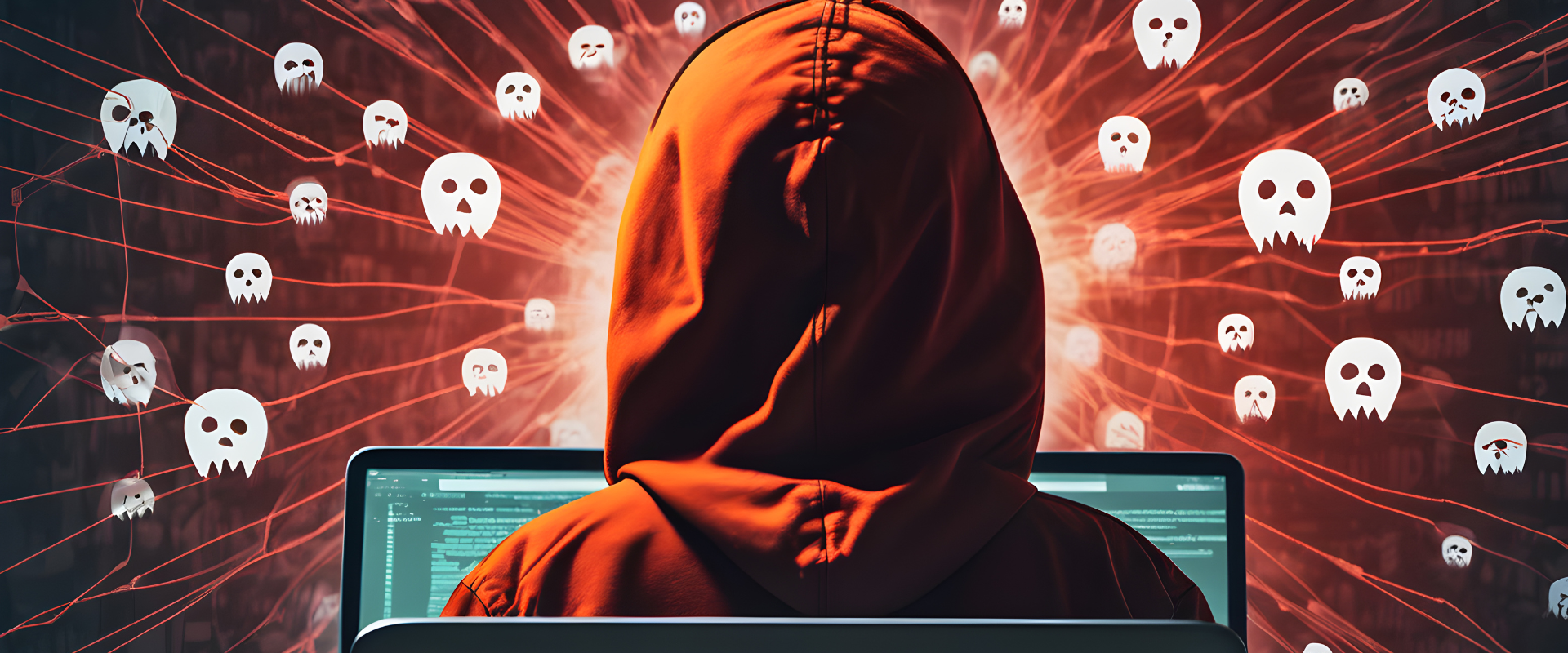
The Growing Threat of Insider Threats in Cybersecurity: How to Protect Your Business
By, Webmaster
- 11 Jun, 2025
- 3.6k Views
As organizations continue to grow and rely more on digital technologies, cybersecurity is becoming more critical than ever. While external cyberattacks from hackers and criminal groups are widely acknowledged, a growing threat that businesses must also be aware of is the insider threat.
Insider threats involve current or former employees, contractors, or business partners who have authorized access to an organization’s network, systems, or data but misuse this access to steal information or cause damage. These threats can be more challenging to detect and prevent, making them especially dangerous.
In this blog, we will delve into the nature of insider threats, why they are becoming more common, and what your business can do to mitigate this risk.
What Are Insider Threats?
An insider threat occurs when an individual with legitimate access to an organization’s network or data misuses that access for malicious purposes. This can involve stealing sensitive data, disrupting business operations, or even sabotaging company systems. Unlike external hackers who typically need to bypass security defenses, insiders already have access, making them a significant risk.
There are two primary types of insider threats:
Malicious Insiders: These are individuals who intentionally exploit their access for personal gain, revenge, or to aid an external party.
Example: A disgruntled employee with access to company data may steal sensitive client information to sell to competitors or cybercriminals.
Negligent Insiders: These individuals may not have malicious intent but still pose a threat due to carelessness or lack of knowledge. They may unintentionally leak sensitive data or fall victim to phishing attacks that give cybercriminals access to the network.
Example: An employee clicks on a malicious email link, unknowingly allowing hackers access to internal systems.
Why Are Insider Threats on the Rise?
Increased Remote Work: The shift to remote work due to the pandemic has made it easier for insiders to exploit vulnerabilities in home networks and personal devices. Employees working from home may not have the same level of security protections as they would in an office environment.
Access to Critical Information: Many employees or contractors have access to sensitive company information, which makes them prime targets for manipulation. In some cases, they may not fully understand the risks associated with their access.
Employee Turnover and Transition: Employees who leave the company, either voluntarily or involuntarily, can still pose a risk if their access to systems is not properly revoked. Former employees may hold grudges and use their knowledge of internal systems to exploit their former employer.
Lack of Cybersecurity Awareness: Many employees still lack basic cybersecurity training, making them more vulnerable to social engineering attacks, phishing, or unintentional data breaches. Even trusted employees can unknowingly compromise security.
The Impact of Insider Threats
Data Breaches: Insider threats can lead to severe data breaches, exposing customer, employee, or intellectual property data to the wrong hands.
Example: In 2020, a former employee of a major tech firm was found to have stolen and sold confidential software data, costing the company millions in damages.
Financial Loss: Insider threats can result in direct financial losses, including fraud, theft of funds, or disruptions that lead to operational downtime.
Example: In some cases, insiders have exploited their access to transfer company funds to personal accounts, leading to substantial financial losses.
Damage to Reputation: A breach caused by an insider can significantly damage a company’s reputation. Clients and partners may lose trust in the business, leading to lost contracts and long-term reputational damage.
Example: A retailer experienced a breach when an employee mishandled customer data, which led to customer dissatisfaction and negative press coverage.
How to Protect Your Business from Insider Threats
Limit Access to Sensitive Information: Ensure that employees only have access to the information they need to do their jobs. This is known as the principle of least privilege (PoLP). By limiting access, you reduce the number of individuals who can potentially cause harm.
Monitor and Audit User Activity: Regularly monitor and audit employee activity, especially those with access to sensitive data or systems. Implement tools that track user behavior to identify suspicious activities, such as unusual access patterns or data transfers.
Implement Strong Authentication Methods: Require multi-factor authentication (MFA) for all employees, especially those with access to critical data. MFA adds an additional layer of security, making it more difficult for unauthorized users to gain access.
Train Employees: Provide regular cybersecurity training to your employees. Make them aware of the risks posed by insider threats and educate them on best practices for securing sensitive information, such as using strong passwords and recognizing phishing attempts.
Establish an Incident Response Plan: Create a plan for dealing with insider threats that includes clear steps for containment, investigation, and remediation. This plan should involve both technical and human resources to quickly address any security incidents.
Secure Offboarding Processes: Ensure that when an employee leaves the company, their access to systems, devices, and data is immediately revoked. This prevents former employees from having ongoing access to sensitive information after their departure.
Conclusion
As businesses continue to rely on digital tools and remote work environments, the threat from insiders will only grow. With new technologies, such as AI and machine learning, being used to detect unusual behavior, businesses can proactively identify and address insider threats before they cause damage.
The key to preventing insider threats lies in a combination of strong security controls, employee education, and proactive monitoring. By adopting a comprehensive cybersecurity strategy that includes measures to mitigate insider threats, organizations can better protect themselves against these often overlooked risks.
We hope this article has shed light on the growing concern of insider threats and how businesses can defend themselves against these attacks. For more information or personalized cybersecurity strategies, contact us today!
Recent Posts
- IoT Security Risks: How Connected Devices Are Expanding the Cyberattack Surface
- Data Breaches: Understanding the Real Cost of a Cyberattack
- Deepfake Fraud: The New Frontier of Cybercrime
- Cloud Security Challenges: How to Protect Your Data in a Borderless Digital World
- AI in Cybersecurity: How Artificial Intelligence is Changing the Fight Against Cyber Threats
Category
- Cyber Security (86)
- Vulnerability Assessment (70)







